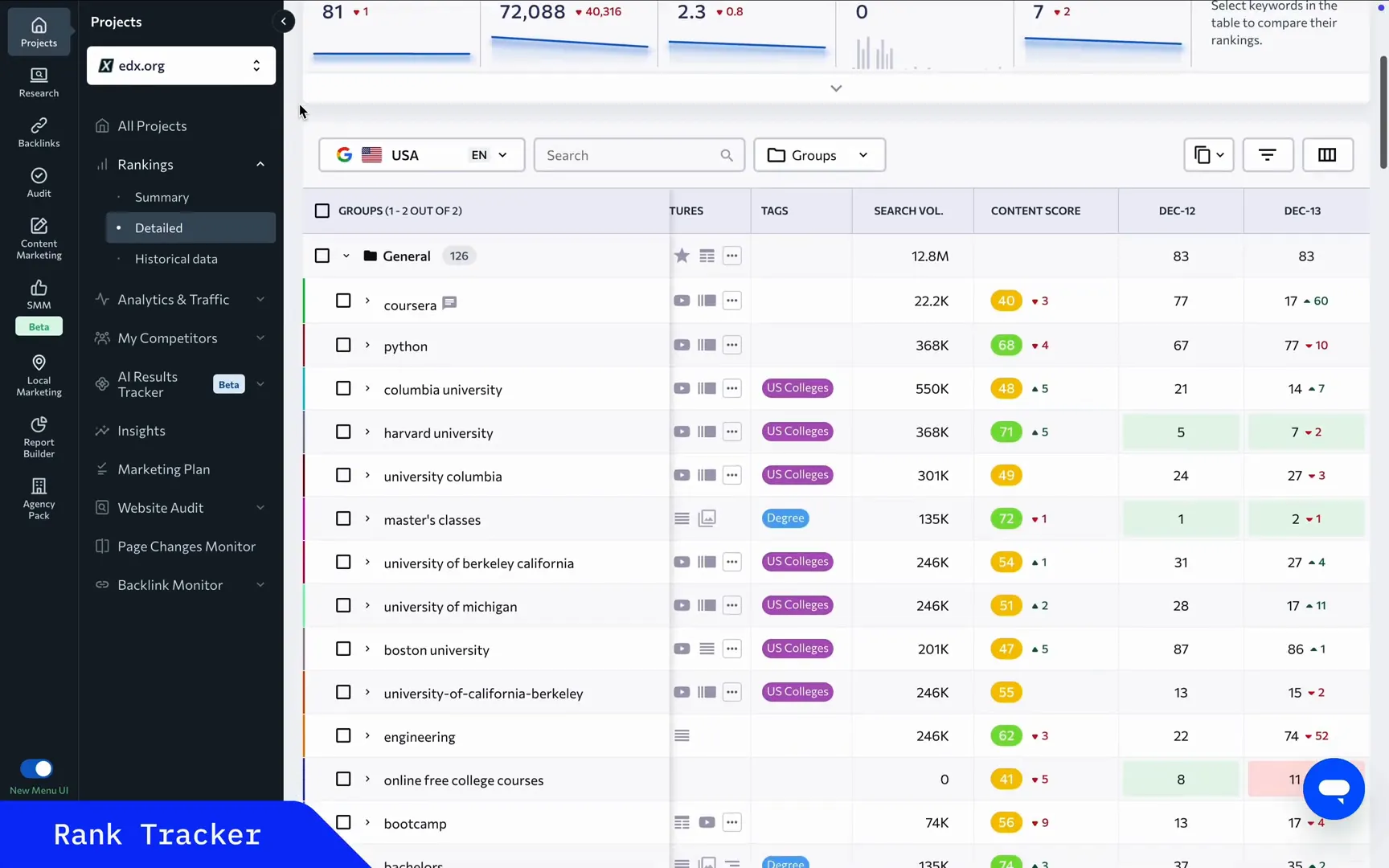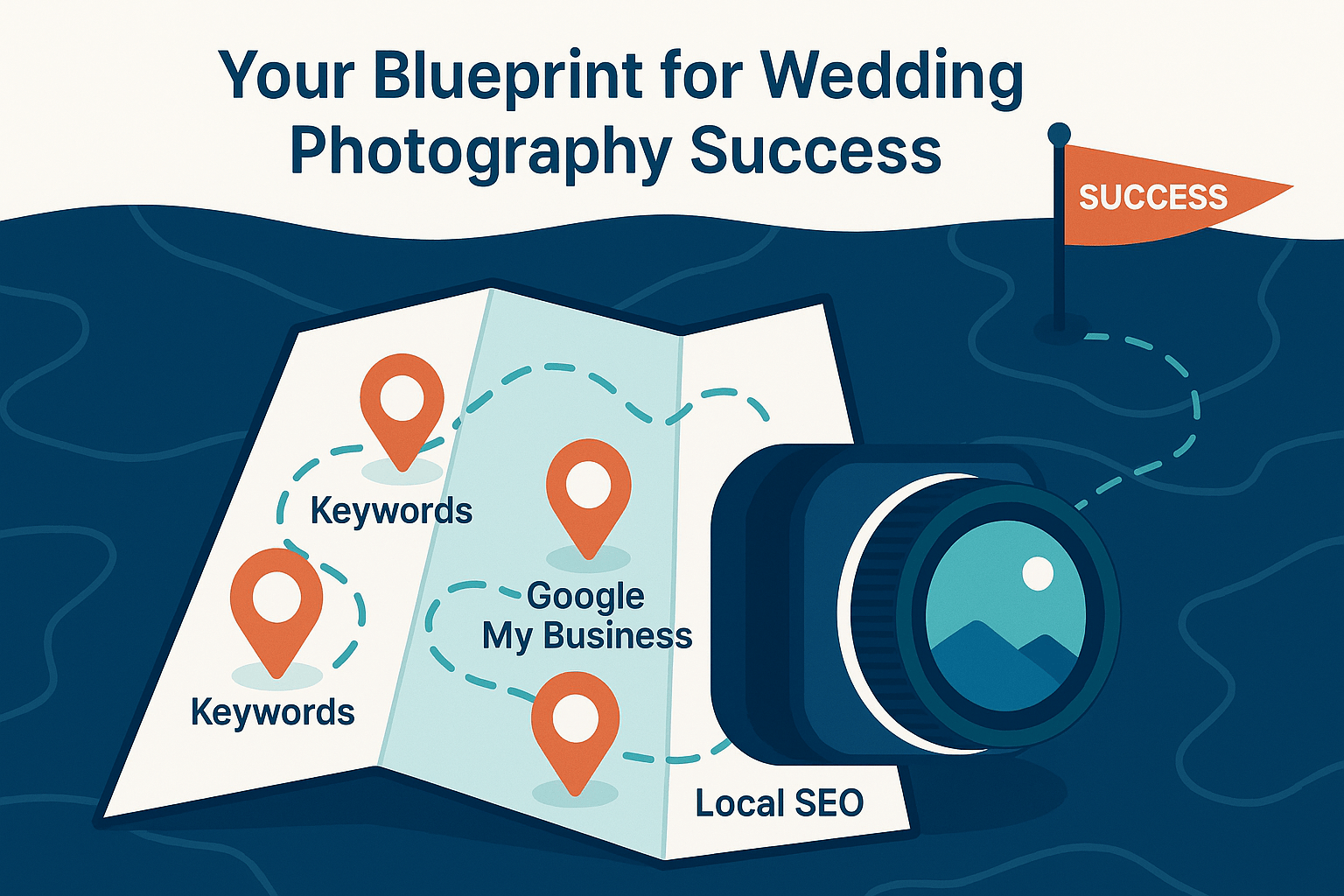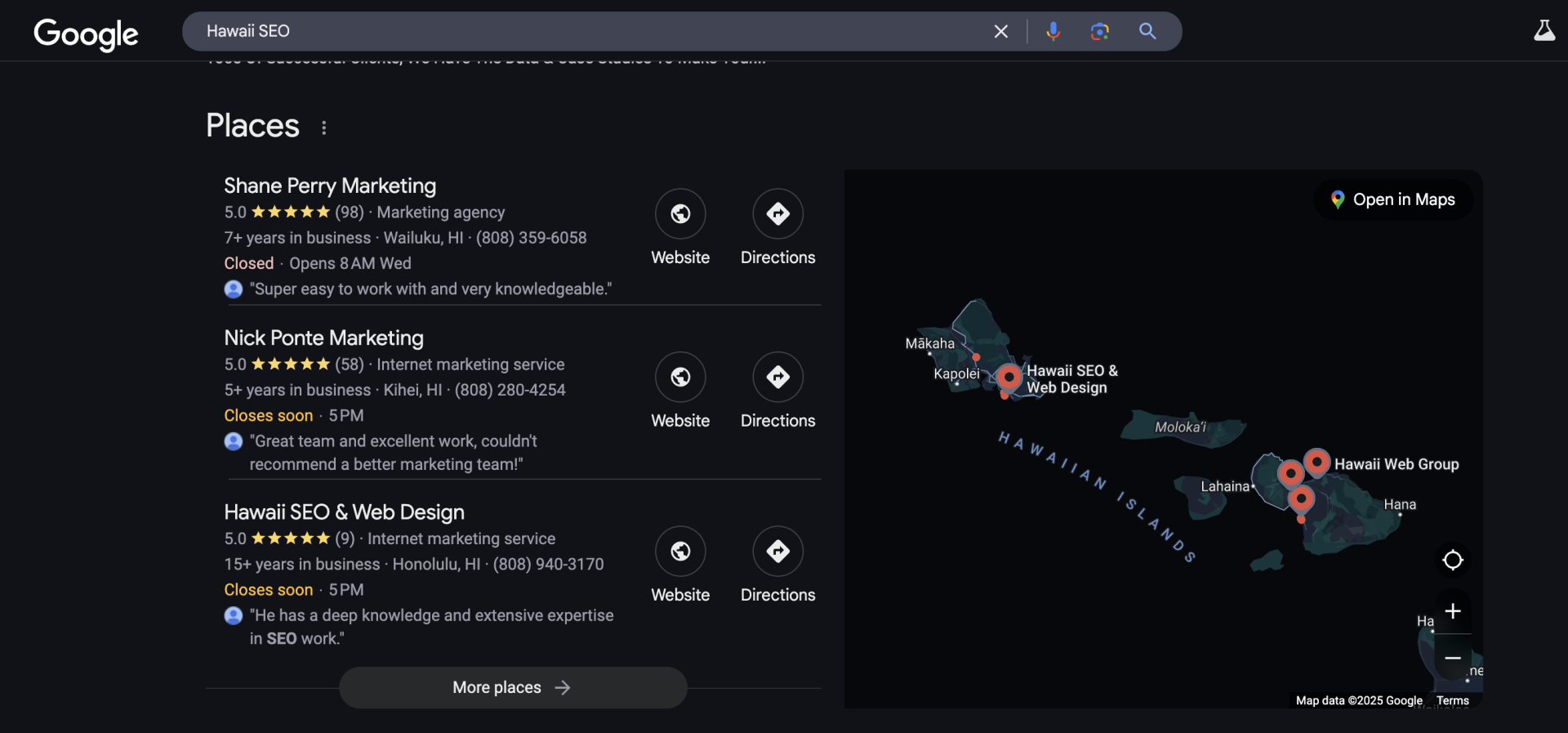
TL;DR Prioritize technical SEO (page speed & Core Web Vitals), then on‑site content and brand-focused off‑site PR. Use WP Rocket for quick wins; measure results, build topic clusters, and earn high-authority mentions for AI search.
I just watched Exposure Ninja’s breakdown of the three pillars that drive large-scale SEO campaigns. They cover technical SEO, on‑site content, and off‑site brand signals — and they make a compelling case that these three areas, when coordinated, are the difference between market leaders and the also-rans.
Table of Contents
- What they tested and why it matters
- What went right
- What went wrong (or was missing)
- Deep dive — Pillar 1: Technical SEO (What I’d do)
- Deep dive — Pillar 2: On-site SEO (What I’d do)
- Deep dive — Pillar 3: Off-site SEO and brand signals (What I’d do)
- What I would’ve done differently (strategic notes)
- Takeaways — Strategic checklist
- FAQs
- Final word
What they tested and why it matters
The video is less of an experiment and more of a framework built from ten years of enterprise work: page speed and Core Web Vitals; content structure, topic clusters and EAT; and off-site brand building via digital PR. They also demo WP Rocket as a tool that solves a lot of technical issues quickly.
What went right
- Clear prioritization: starting with technical SEO (page speed) is sensible — speed impacts rankings, conversions and AI crawlers alike.
- Practical tooling: showing WP Rocket plus Rocket Insights gives marketers a fast feedback loop to measure changes without a deep dev team.
- Examples and outcomes: Walmart’s 1s = 2% conversion stat and Cloudflare data reinforce the business case for speed work.
- AI-readiness: the team ties traditional SEO signals to AI search behavior — especially the value of high-authority, topical mentions.
What went wrong (or was missing)
- Execution depth: the video glosses over when WP Rocket won’t be enough — large headless or JS-heavy enterprise sites often need bespoke dev work.
- Measurement nuance: they show Core Web Vitals dashboards but don’t give a clear KPI ladder (e.g., expected organic traffic lift per X Vitals improvement).
- Content operations: for giants with 10k–20k pages they mention topic clusters but don’t explain governance — who owns content, QA, or canonical decisions?
- Attribution for PR: they suggest digital PR shapes AI recommendations, but tooling and methodology for tracking that signal into AI-recs is still immature.
Deep dive — Pillar 1: Technical SEO (What I’d do)
They focus on page speed and Core Web Vitals (LCP, FCP, Total Blocking Time, CLS, Speed Index) — correct. Faster pages equal better UX, higher conversion rates, and often better rankings. WP Rocket is a great shortcut for WordPress sites: caching, gzip, asset delivery, basic JS handling and an integrated GTmetrix-powered testing panel.
Where I’d diverge as an operator:
- Audit first: run PageSpeed Insights, GTmetrix and Real User Monitoring (RUM). RUM data tells you what real visitors experience, not just lab tests.
- Prioritize pages by value: fix checkout, high-traffic landing pages and top-converting product pages before template-level work on low-value pages.
- Plan for scale: if you have 10k+ pages and JS frameworks, pair a performance audit with a tech roadmap — critical rendering path, server-side rendering (SSR) or edge rendering may be required.
- Use WP Rocket where it fits: it handles ~80% of issues for WordPress. For non-WordPress or heavily dynamic sites, bring engineers in early.
Deep dive — Pillar 2: On-site SEO (What I’d do)
On-site is about purposeful content: topic relevance, content hierarchy (H1–Hn, lists, FAQs, schema), EAT at scale, and internal linking. The examples—Rocket Mortgage’s Learn hub and ZUGU’s product content—show how well-structured content can dominate both search and AI recommendations.
My tactical playbook:
- Create pillar pages for core categories, then cluster content around intent layers (awareness → comparison → decision).
- Implement author attribution and case studies to scale EAT. For verticals like age care, named experts and studies (e.g., the YugoV study) matter a lot.
- Internal linking strategy: use a prioritized internal linking map that funnels authority to your highest-value pages; automate where possible with templates and taxonomy-driven links.
- Schema and FAQs: structure answers for both humans and AI — short, factual schema snippets perform well in AI summaries.
Deep dive — Pillar 3: Off-site SEO and brand signals (What I’d do)
Off-site SEO has evolved: it’s not just raw link numbers anymore. It’s reputation, topical mentions on authoritative third-party sites, and consistent messaging that AI crawlers pick up. Exposure Ninja’s Age Care Bathrooms example shows how digital PR shapes brand identity online.
My approach to off-site for AI-ready brands:
- Target quality, not quantity: prioritize high-authority niche sites and sector publications over generic mass links.
- Align PR with core topics: every outreach asset should reinforce the brand’s key niches (e.g., “over‑50s bathroom retrofit experts”).
- Measure mentions, not just links: use brand-monitoring tools to track where AI sources could be pulling recommendations from.
- Refresh legacy positioning: if your brand’s historic content mispositions you (like Exposure Ninja’s “small business” label), run a strategic content and PR campaign to reframe perception.
What I would’ve done differently (strategic notes)
“Here’s where the campaign lost momentum for me…” — they made a strong tools and framework case, but omitted governance and prioritization detail. If I were running this program:
- I’d start with a value map: list your top 200 pages by revenue/traffic and assign them to technical, content and PR workstreams.
- I’d layer in creator and partner outreach early — creators accelerate topical trust and drive third-party content that AI trusts.
- I’d add experiment KPIs: A/B page variants for speed improvements to isolate conversion impact from ranking changes.
- I’d build an AI-recommendation audit: query major AI tools for your niche terms, track sources they cite, and prioritize winning those sources.
Takeaways — Strategic checklist
- Phase 1: Technical first. Fix speed on high-value pages. Use WP Rocket for WordPress sites, but audit for edge cases.
- Phase 2: Content second. Build pillar pages, topic clusters, EAT signals and internal linking maps.
- Phase 3: PR third. Earn high-authority niche mentions and align all external messaging with your brand’s desired positioning.
- Measure: use RUM, Core Web Vitals reports in Search Console, GTmetrix, and track AI sources for brand mentions.
- Governance: set ownership for content, technical and PR tasks; prioritize by revenue impact not by volume.
FAQs
Is WP Rocket really enough to fix Core Web Vitals?
For most WordPress sites, WP Rocket addresses 60–80% of common performance issues (caching, compression, basic JS handling). But large, JS-heavy, headless or dynamic sites often need bespoke engineering beyond what a plugin can deliver.
Which Core Web Vitals matter most for SEO?
Largest Contentful Paint (LCP), Cumulative Layout Shift (CLS) and Total Blocking Time (or First Input Delay/INP) are the core trio. Prioritize LCP and CLS first because they directly affect perceived speed and UX.
How should I prioritize SEO work across the three pillars?
Fix technical blockers on high-value pages first, then optimize on-site content and internal linking. Finally, run targeted digital PR to shape external signals; always prioritize by revenue or conversion impact.
Does off-site PR still need links or just mentions?
Both help, but mentions on high-authority, topically relevant sites often carry weight for AI recommendations even without a link. Focus on topical authority and trustworthy sources.
How do I measure if AI tools are recommending my brand?
Monitor AI answers for your core queries, track citations and sources within AI outputs, and use brand-monitoring tools to capture sentiment and mention velocity across authoritative sites.
Final word
If you’re managing SEO for a mid-market or enterprise brand, this three-pillar framework is sound. My job as an operator is to insist on prioritization, measurable experiments and governance. Speed wins attention and conversions; content builds trust and intent; and PR cements the brand signals AI now uses to recommend businesses. Do those three things well, and you’ll be set for both traditional search and the growing world of AI-powered discovery.




